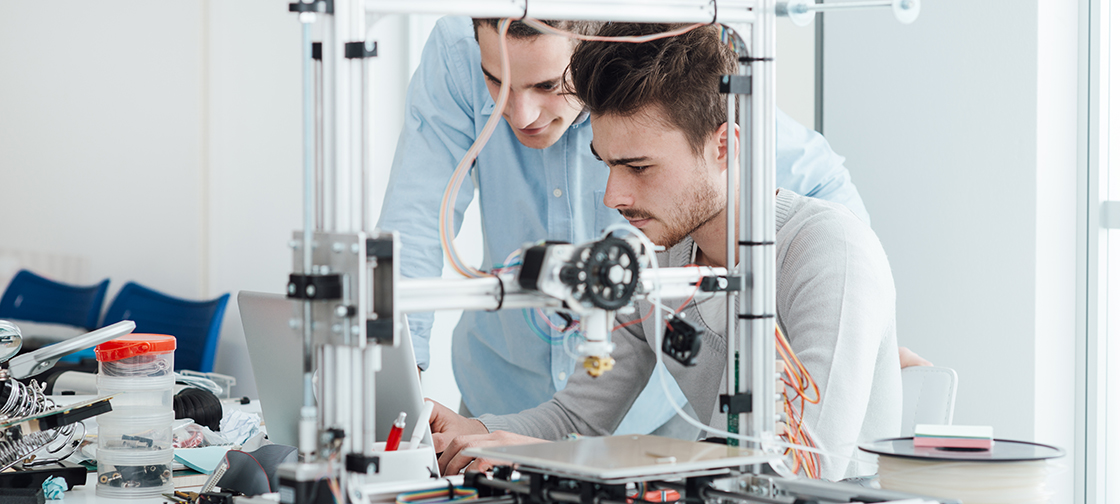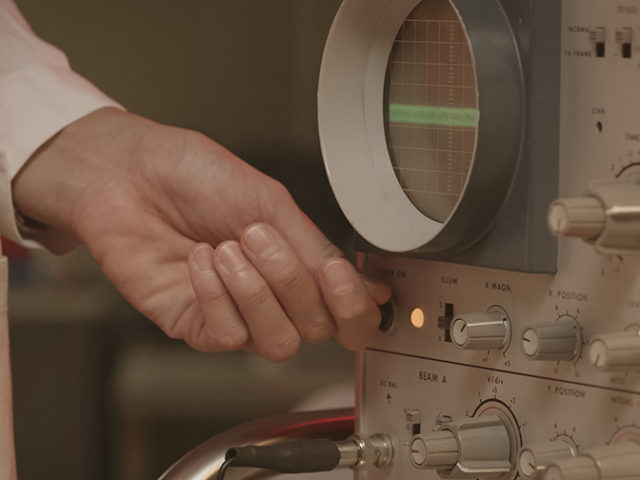Triple EU funding success for RWTH, AMO and the Aachen Graphene & 2D Materials Center.
The FET Open funding line of the Future and Emerging Technologies program, which is part of the EU’s Horizon 2020 research and innovation initiative, supports radically new, early-stage research ideas which promise fundamental breakthroughs for new technologies. Out of the 400 FET Open proposals submitted in January 2019, only 53 were approved to receive funding. Five of the 45 projects involving German institutions and companies will be actually coordinated in Germany, three of them by Aachen researchers. These projects are now being launched by RWTH, AMO GmbH, and the Aachen Graphene & 2D Materials Center.
The WiPLASH project aims to exploit the unique conductive properties of graphene to demonstrate the feasibility and potential of wireless on-chip communication. This could be a breakthrough in increasing parallelism and energy efficiency in hardware architectures. Today, the standard strategy is to tightly integrate multiple, specialised computing and storage units into a single architecture. Unfortunately, however, the current methods of interconnecting the different units are inherently inflexible.
WiPLASH seeks to pioneer wireless on-chip communication to solve this bottleneck and create architectural plasticity. As Professor Renato Negra, Chair of High Frequency Electronics at RWTH and partner in the WiPLASH program, explains: “Our goal is to develop graphene-based circuit blocks for miniaturized, tunable, and ultra-high frequency wireless communications. We want to realize reconfigurable chip-scale front ends based on these circuits and demonstrate the potential of this approach by using it in a least one key application.”
The ORIGENAL project is one of the two FET Open projects coordinated by AMO GmbH. It proposes a radically new approach to further increase the number of transistors on a chip. “The idea itself is quite simple,” said Daniel Neumaier, team leader of the Graphene and 2D Materials group at AMO and project coordinator of ORIGENAL. “We want to exploit the properties of certain two-dimensional materials to create extremely thin integrated circuits on a thin-film substrate and then fold the substrate, much like origami, to stack up to thousands circuits on top of each other.”
Source: “EU to fund three groundbreaking research ideas”, RWTH Aachen




